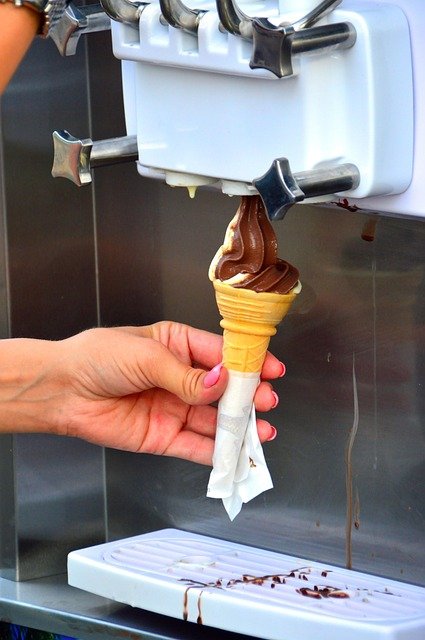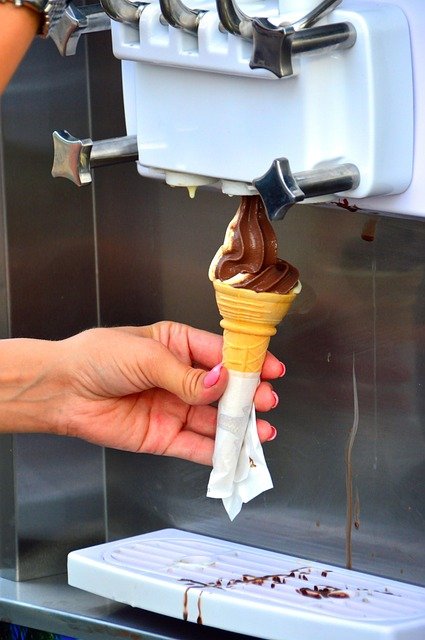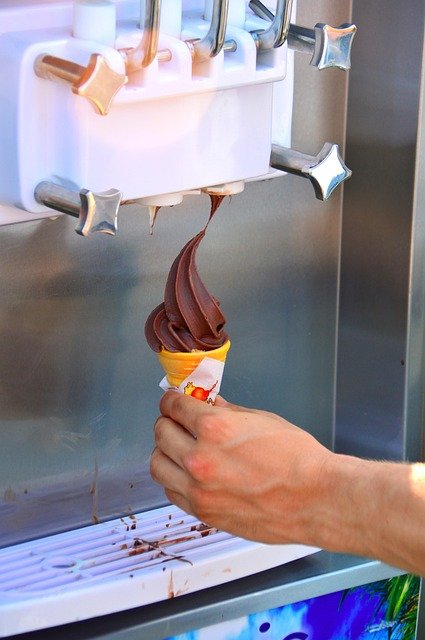Best Commercial Ice Maker Guide: Key Features & Tips
July 14, 2025 | by li, moniker

The Ultimate Guide to Choosing the Right Commercial Ice Maker
Whether you run a restaurant, bar, or catering business, a reliable commercial ice maker is essential for keeping operations smooth. From capacity and ice type to energy efficiency and maintenance, selecting the right machine can significantly impact your business. This guide explores key factors to consider when investing in a commercial-grade ice maker, ensuring you make an informed decision that meets your needs.
Key Features to Look for in a Commercial Ice Maker
Not all commercial ice makers are created equal. The first consideration should be production capacity—how much ice the machine can generate in 24 hours. A high-volume establishment may require a unit producing over 500 lbs daily, while smaller businesses might suffice with 100-200 lbs. Next, evaluate the type of ice produced—cubed, nugget, or flake—as different applications demand specific forms. For example, nugget ice is ideal for healthcare facilities due to its chewable texture, while cubed ice works best for beverages.
Energy efficiency is another critical factor. Look for ENERGY STAR-certified models to reduce operational costs. Additionally, consider ease of maintenance—self-cleaning features and accessible components can save time and prolong the machine’s lifespan. Investing in a durable, well-designed unit ensures long-term reliability and cost-effectiveness.
Maintenance Tips to Extend Your Ice Maker’s Lifespan
Proper maintenance is crucial for keeping your commercial ice maker running efficiently. Regularly cleaning the machine prevents mineral buildup and bacterial contamination, which can affect ice quality. Use manufacturer-approved cleaning solutions and follow a strict schedule—ideally every six months or more frequently in hard water areas. Inspect water filters and replace them as needed to ensure clean, odor-free ice.
Another often-overlooked aspect is ventilation. Ensure the unit has adequate airflow to prevent overheating, which can lead to mechanical failures. Finally, monitor performance metrics like ice production speed and consistency—any decline may indicate underlying issues requiring professional servicing. By adhering to these best practices, you can maximize efficiency and avoid costly downtime.
Conclusion
Choosing the right commercial ice maker involves careful consideration of production capacity, ice type, energy efficiency, and maintenance requirements. A well-selected and properly maintained machine can enhance operational efficiency and reduce long-term costs. Whether you’re upgrading an existing unit or purchasing your first, understanding these factors ensures you invest wisely. For high-quality options, explore Tittla’s commercial ice makers to find the perfect fit for your business needs.
RELATED POSTS
View all


